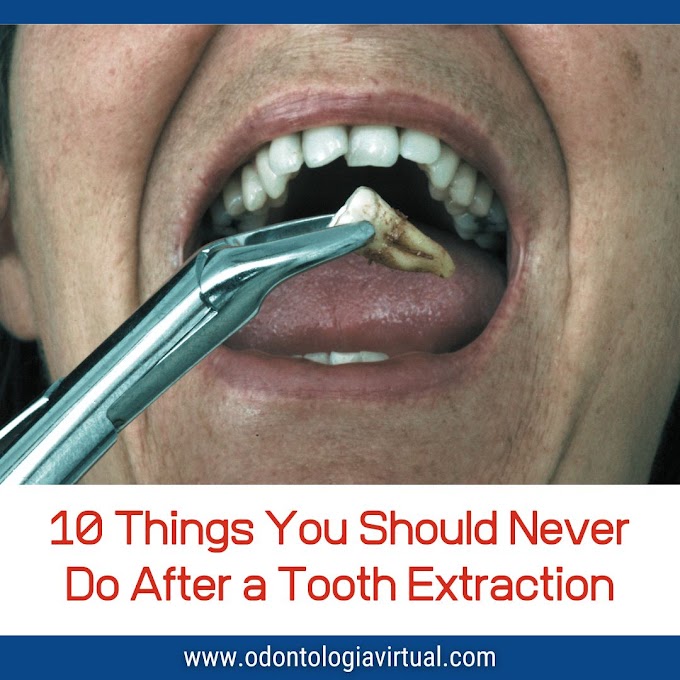hola@ovidentalgo.com
Lisher's Classification is a key tool in dentistry for identifying and categorizing dental malpositions based on their deviation from the normal position in the dental arch.
Its application in orthodontics is essential for establishing accurate diagnoses and planning effective corrective treatments.
Types of Malpositions According to Lisher
1. Version (Inclination)
A tooth tilts without changing its position in the dental arch. It can be:
- Vestibuloversion: inclination outward (toward the lips or cheeks).
- Linguoversion: inclination inward (toward the tongue).
- Mesioversion: inclination toward the midline.
- Distoversion: inclination backward (toward the distal direction).
2. Giroversion (Rotation)
The tooth rotates around its longitudinal axis. This can cause crowding and occlusal difficulties.
3. Extrusion (Supraversion)
The tooth erupts beyond the normal occlusal plane. This is often due to the lack of contact with its antagonist tooth.
4. Intrusion (Infraversion)
The tooth does not fully erupt and remains below the occlusal plane.
5. Transposition
Two teeth switch positions within the dental arch.
6. Axiversion
The tooth tilts along its own longitudinal axis, affecting alignment and chewing function.
7. Perversion
The tooth takes on a completely abnormal position within the dental arch, combining several malpositions. This often requires prolonged or even surgical treatment.
* Unilateral Condylar Hyperactivity: Latest Treatment Advances and Early Intervention Benefits
Application of Lisher’s Classification in Orthodontics
This classification is crucial in orthodontics because it allows for:
✅ Accurate diagnosis of malpositions.
✅ Personalized treatment planning based on the specific case.
✅ Assessment of treatment prognosis based on malposition severity.
✅ Better communication between general dentists and orthodontists.
Treatments may include braces, clear aligners, selective extractions, or orthognathic surgery in severe cases.
Conclusion
Lisher's Classification is an essential tool in orthodontics for diagnosing and treating dental malpositions. Proper use of this classification allows for effective treatment strategies that enhance aesthetics, function, and oral health for patients.













